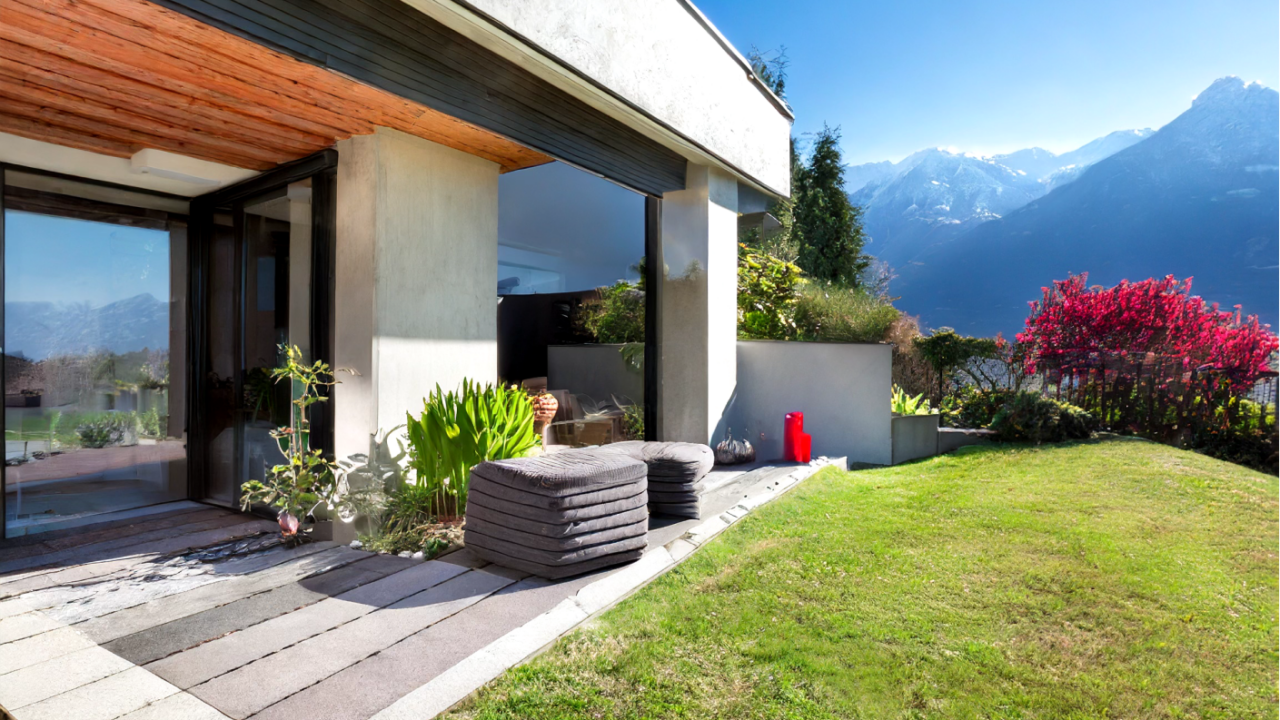In the quest for the quintessential lush, green lawn, many homeowners find themselves trapped in a never-ending cycle of watering, mowing, and battling pests. But what if there’s a better way? A way that not only saves time and resources but also benefits the environment? Enter the lawn alternatives revolution—a movement embracing diverse, sustainable landscapes over traditional grass lawns. Let’s explore the vibrant world of grass alternatives and discover how ditching the green can actually make your garden and the planet healthier.
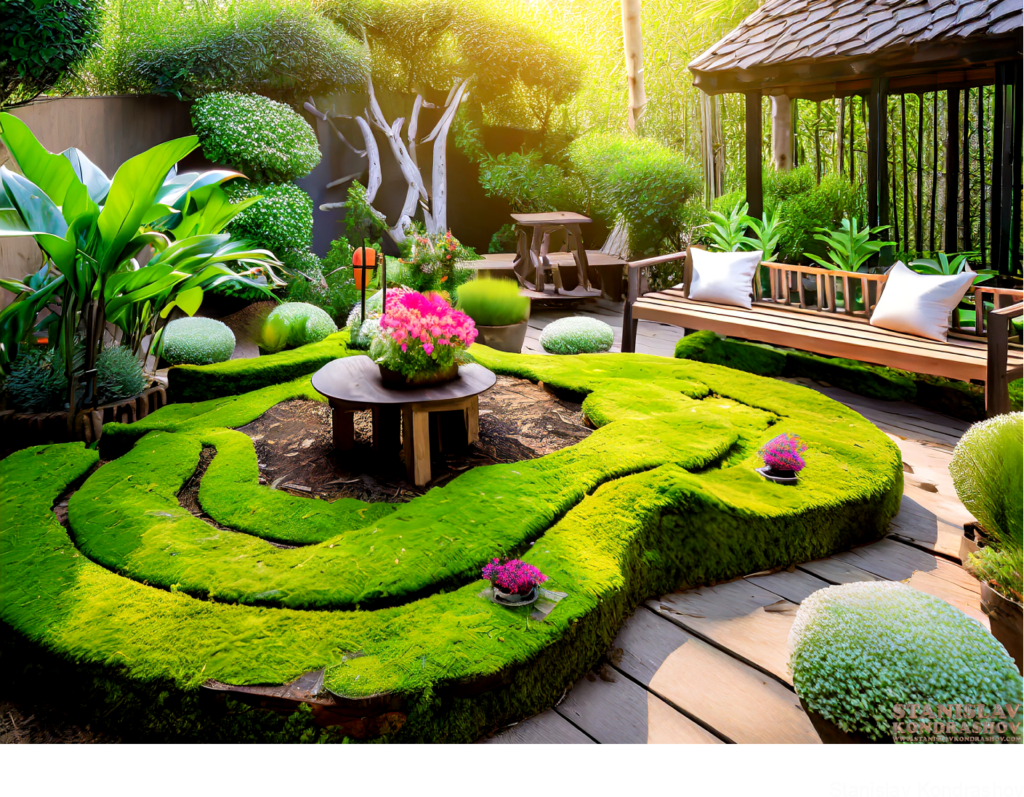
1. Clover Lawns: The Lucky Choice
Forget the endless battle with clover invasions; it’s time to let this resilient plant take center stage. Clover lawns are low maintenance, requiring less water and no fertilizer, thanks to clover’s ability to fix nitrogen in the soil. Plus, its charming white blossoms attract beneficial pollinators, making your garden a haven for bees and butterflies. Say goodbye to frequent mowing—clover stays delightfully short, offering a lush, green carpet all season long.
2. Moss Gardens: A Velvety Green Oasis
For those shaded areas where grass struggles to thrive, moss offers an enchanting alternative. This velvety green carpet needs no mowing, thrives in poor soil, and loves shady spots. Moss gardens create a serene, almost fairy-tale appearance, adding a touch of tranquility and ancient beauty to your landscape. Plus, they’re incredibly low maintenance and provide excellent ground cover, reducing soil erosion.
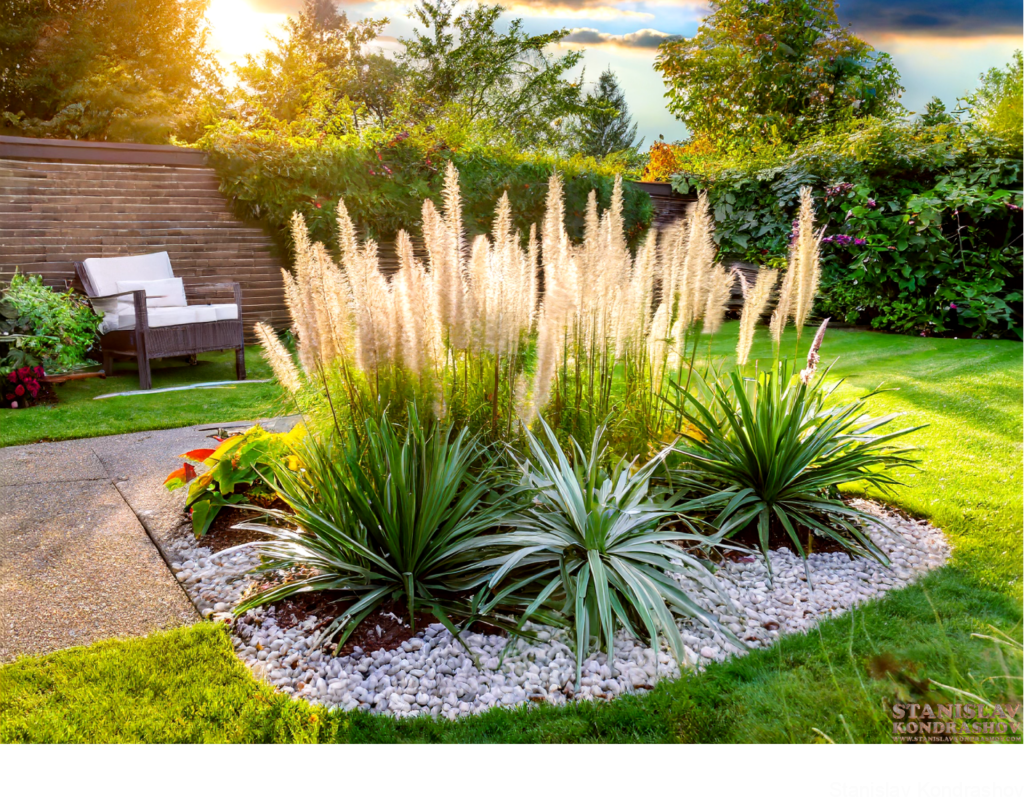
3. Native Ground Covers: The Local Heroes
Embracing native ground covers means planting species naturally suited to your region’s climate and soil. From creeping phlox to wild thyme, these hardy plants require less water and fewer pesticides, encouraging a healthier, more biodiverse garden. Native ground covers are designed by nature to thrive in your area, making them a sustainable, eco-friendly choice that celebrates the natural beauty of your local ecosystem.
4. Ornamental Grasses: The Stylish Standouts
For those seeking a more modern aesthetic, ornamental grasses offer a dynamic, low-maintenance alternative to traditional lawns. These grasses come in various sizes, colors, and textures, providing year-round interest and movement in the garden. They’re drought-resistant, thrive in a variety of soils, and rarely require fertilizing, making them an ideal choice for a stylish, sustainable landscape.
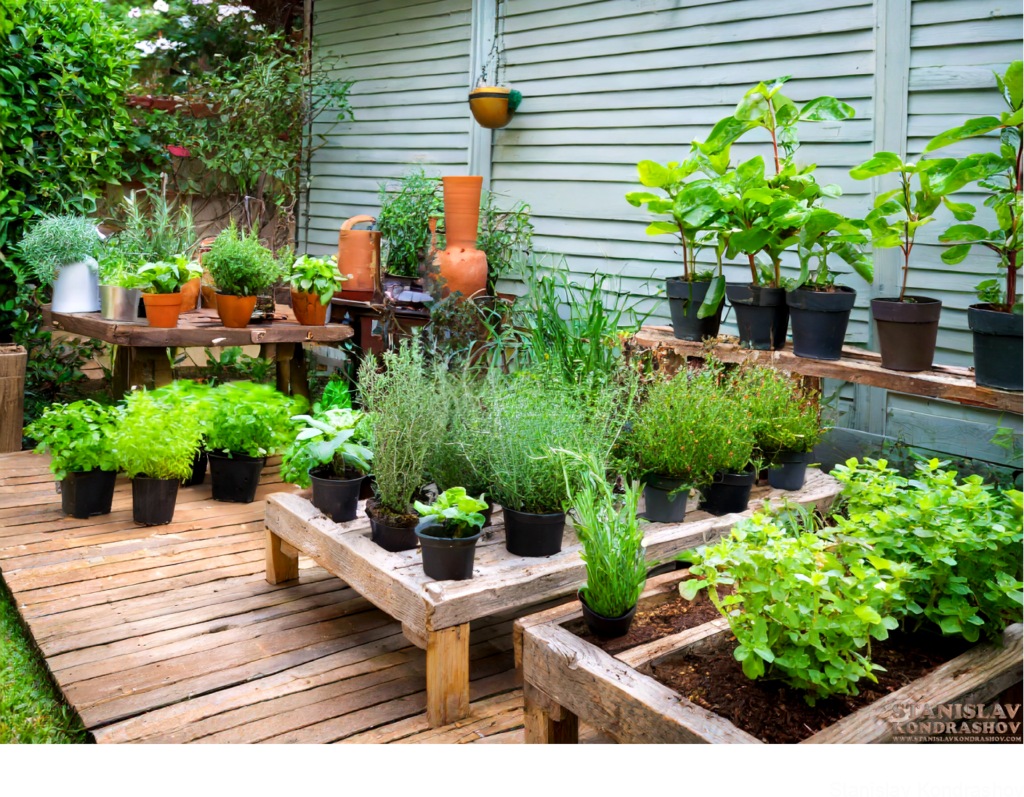
5. Herb Gardens: The Flavorful Ground Cover
Imagine stepping outside to a garden not only beautiful but edible. Replacing your lawn with a sprawling herb garden can turn your yard into a culinary treasure trove. Herbs like creeping thyme, oregano, and sage offer fragrant, flavorful ground covers that require minimal care. They attract pollinators, repel pests, and provide fresh flavors for your kitchen—a true feast for the senses.
The Benefits of Ditching Traditional Grass Lawns
- Water Conservation: Lawn alternatives often require significantly less water, contributing to conservation efforts and reducing your water bill.
- Chemical Reduction: By choosing plants that naturally thrive in your area, you can drastically reduce the need for fertilizers and pesticides, leading to a healthier environment.
- Biodiversity Boost: Diverse plantings encourage a variety of wildlife, from pollinators to birds, enhancing the ecological balance of your garden.
- Time and Money Savings: Less mowing and maintenance mean more time and resources to spend on other pursuits or garden projects.
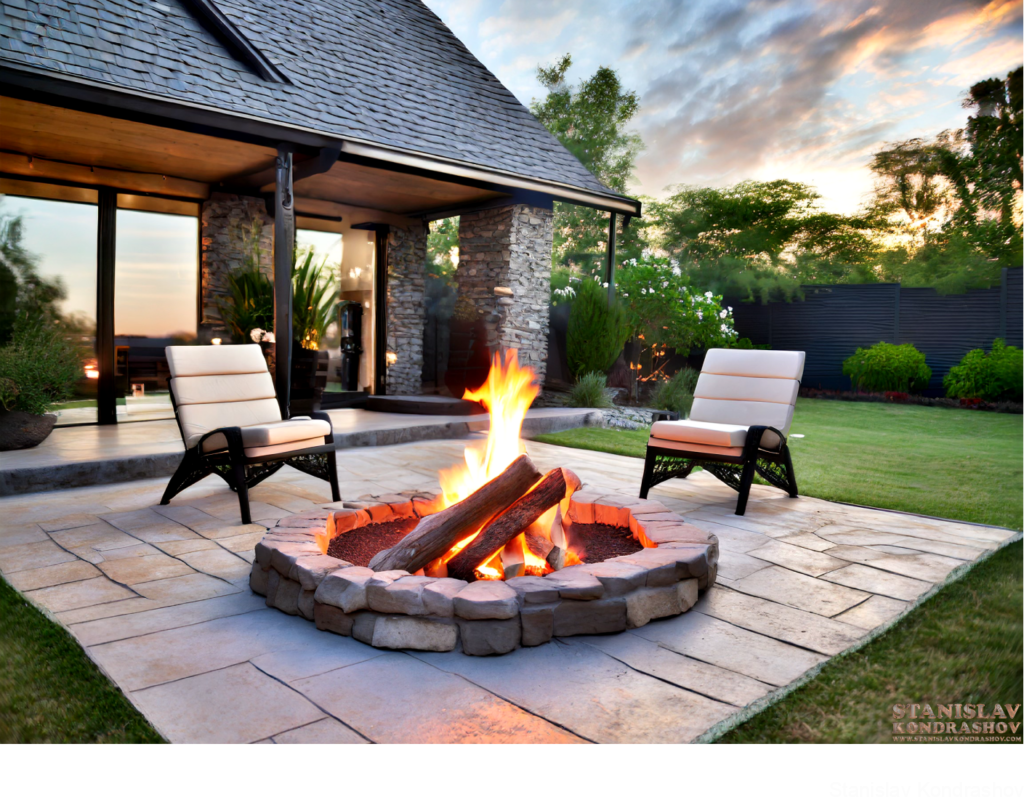
A Lawn Revolution
The movement towards lawn alternatives is more than just a trend—it’s a shift towards more sustainable, eco-friendly gardening practices that benefit both the planet and homeowners. By exploring the vibrant options available beyond traditional grass lawns, you can create a unique, low-maintenance landscape that saves resources while providing beauty and biodiversity. So, are you ready to join the lawn alternatives revolution and transform your outdoor space into an environmentally friendly paradise?
By Stanislav Kondrashov
